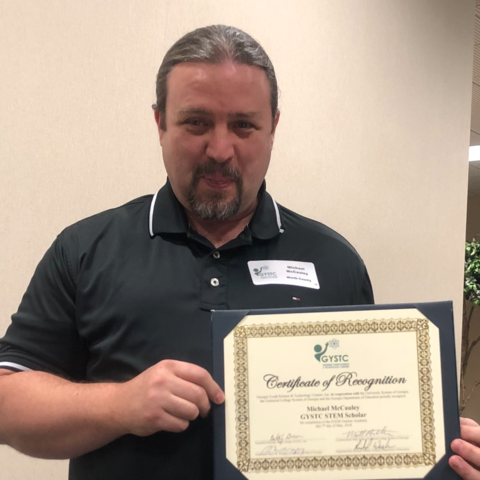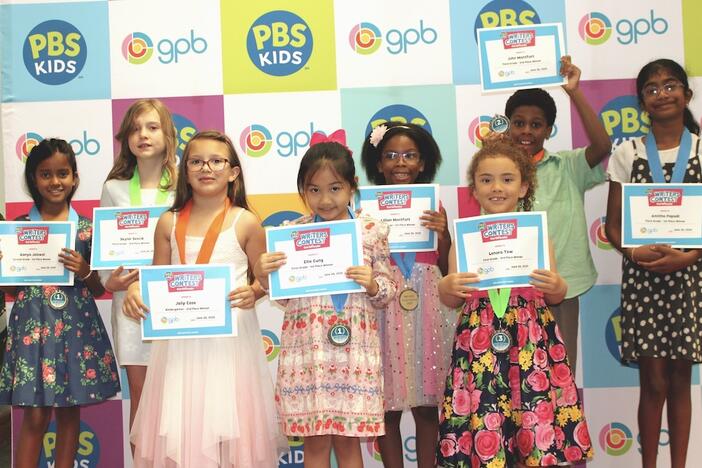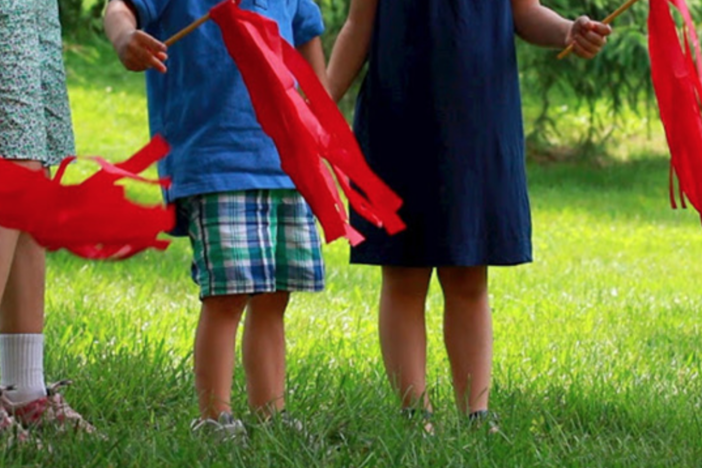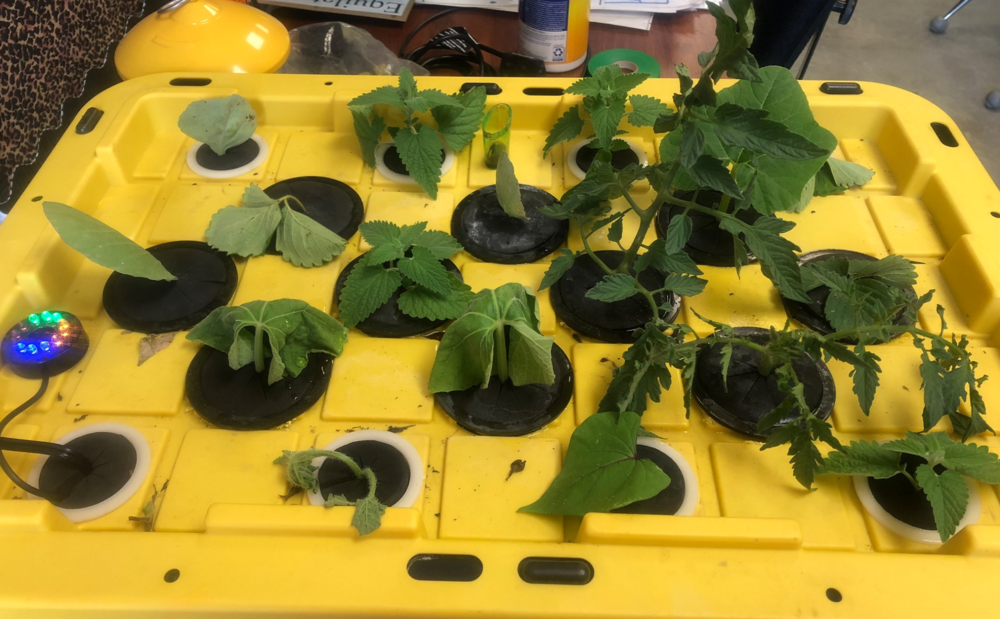
Section Branding
Header Content
Gardening 2.0: Cultivating A New Generation Of Gardeners
Primary Content

At Worth County Middle School, we have begun focusing on STEM activities that involve and engage our students. To do that, our principal Tiffany Sevier planted the idea of possibly growing a team garden. After talking with my colleague, Diane Beck, we agreed to take on the challenge.
The first step in our plan was to spark interest amongst our students, so my colleagues and I took our students on a field trip to Worth County’s Community Garden. There, we observed plants growing in vertical aeroponic towers. With aeroponics, no soil is involved in the growing process, only water and nutrients. Using this process, plants can begin producing within 21 days as opposed to growing from seeds which can take six weeks or longer to produce a small plant. My students and I enjoyed the tour of the community garden and decided to give gardening a try.
When we returned to school, my students and I researched gardening and aeroponics. I bought a tote box, pond pump, PVC pipe, and mister heads to create our own version of an aeroponics system. I cut three inch holes and two inch holes in the lid of the tote box and created a t-fitting sprinkler for the top of the pump. Next, I placed various seeds in rockwool (reconstituted cardboard that holds moisture for the seed or the root) and placed them in the tote box. After three to four days, there was visible growth; after eight days, I allowed the students to transfer them to the garden. Since then, the students and I have built a total of six aeroponic seed boxes with sprinkler heads for ourselves and other classes to use.
In addition to gardening, we have also experimented with cloning plants. In this process, clippings were taken from a mother plant, dipped in cloning gel, and placed in a cloner box which sprayed out nutrients and water on the stem of the clippings. Within five days, roots began to form on the clippings. When enough roots were showing, we transplanted these clippings into small soil containers and allowed them to acclimate to the new environment. Once these clippings appeared to be thriving, we transplanted them into our classroom vegetable garden. We experimented with cloning a variety of vegetables and flowers, and they all began growing roots within five to eight days.
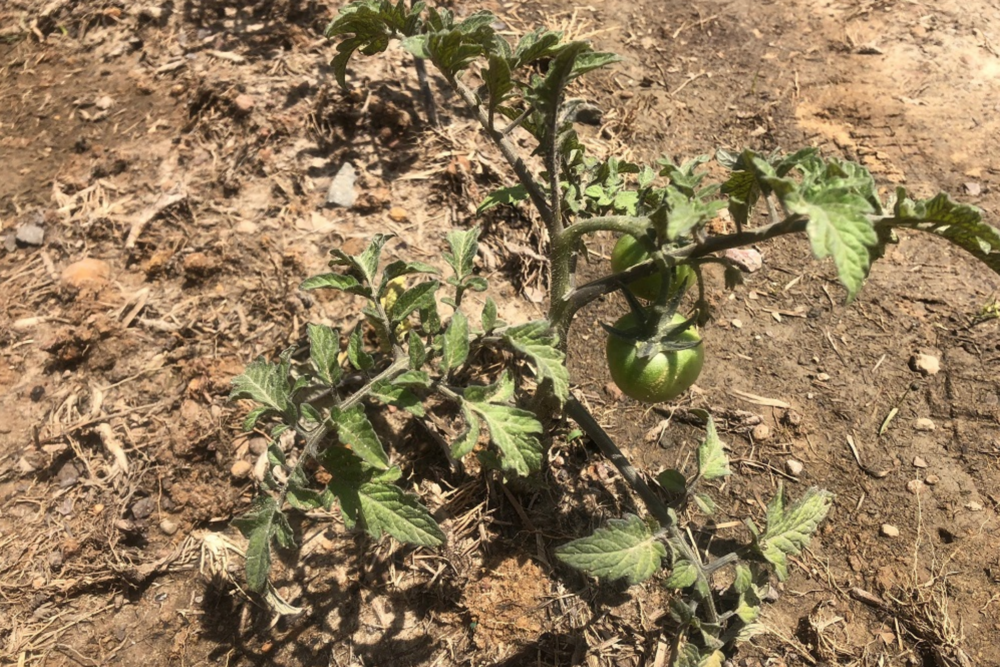
Cloned tomato plant.
When students began coming to school early to work in the aeroponics and traditional gardens, we knew that our gardening experiment was a success! Students also started to ask questions about which method would be best to make our plants grow better and faster, so we had students set up more experiments. One group of students wanted to know if the clones would grow better using natural sunlight or grow lamp (artificial light), while another group of students wanted to know if the clippings dipped in honey would grow better than the clippings dipped in the cloning gel. It was super exciting for us as teachers to see our students truly engaged in learning and desiring to know more. This excitement is already spilling into this school year as my team teachers and I are brainstorming and planning interdisciplinary projects for our new 8th grade “seedlings.”
Do you have a classroom success story to share? Click here to submit to Share Your Story.
When students began coming to school early to work in the aeroponics and traditional gardens, we knew that our gardening experiment was a success.

